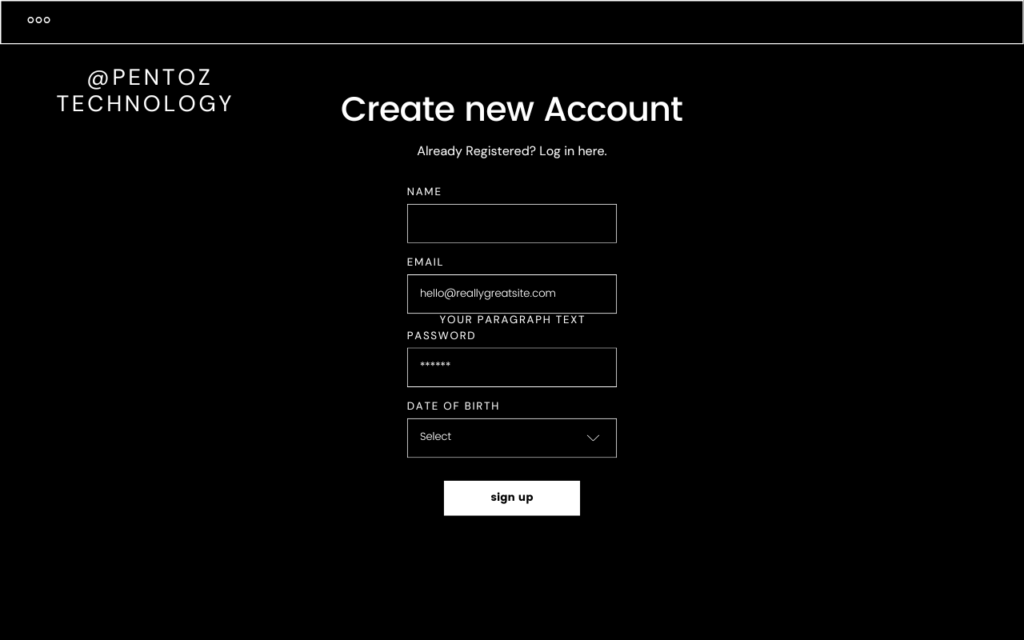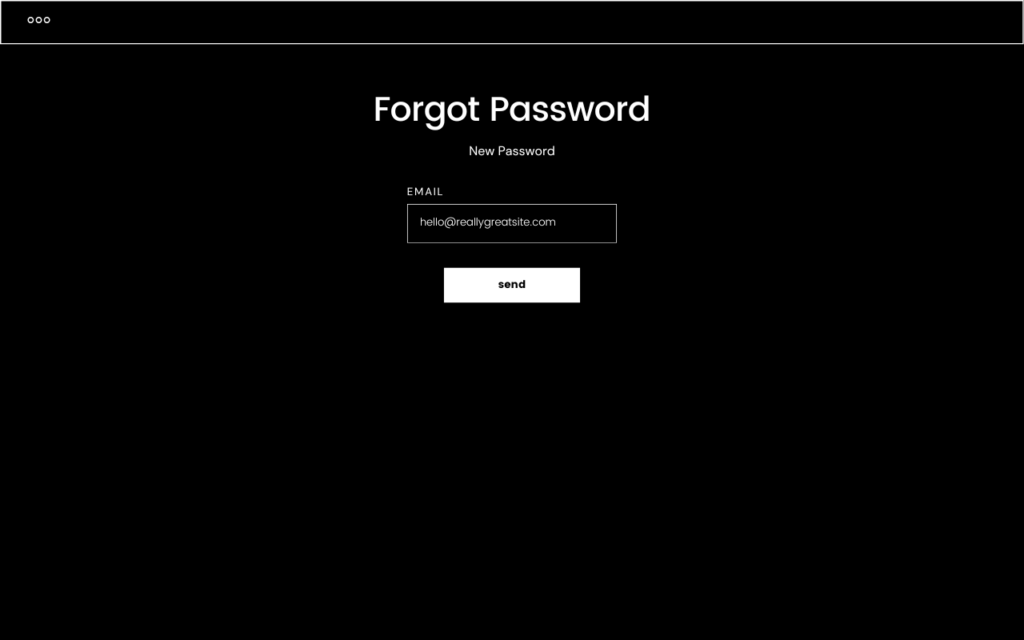In the world of website management, your ability to efficiently handle WordPress login plays a critical role in maintaining security and ease of access. Whether you’re a novice or an experienced user, optimizing your WordPress login process can save time, enhance user experience, and protect your site from cyber threats. Let’s dive into some essential tips and tricks to make the most of your WordPress login.
Why WordPress Login Matters
Your WordPress login isn’t just a gateway to your dashboard—it’s also the first line of defense against unauthorized access. By customizing and securing your login page, you reduce vulnerabilities while improving usability for legitimate users. Additionally, a streamlined login process can create a more professional experience for collaborators or clients.
1. Customize Your Login URL
The default WordPress login URL (e.g., yoursite.com/wp-login.php) is common knowledge, making it a target for brute force attacks. Change your login URL to something unique by using plugins like WPS Hide Login or iThemes Security. This simple step can dramatically reduce hacking attempts.
2. Enable Two-Factor Authentication (2FA)
Two-factor authentication adds an extra layer of security by requiring a second verification step. Popular plugins like Google Authenticator or Wordfence Security make integrating 2FA seamless. This ensures that even if your password is compromised, your account remains secure.
3. Strengthen Your Password Policy
Avoid using weak passwords like “admin123.” Instead, choose complex passwords with a mix of letters, numbers, and special characters. Tools like LastPass or Dashlane can help you generate and store strong passwords effortlessly.
4. Limit Login Attempts
To prevent brute force attacks, limit the number of failed login attempts. Plugins such as Limit Login Attempts Reloaded can lock out users after several incorrect tries, safeguarding your site from malicious activities.
5. Use a Login Captcha
CAPTCHAs can deter bots and automated login attempts. Plugins like reCAPTCHA by BestWebSoft or Login No Captcha reCAPTCHA are easy to implement and provide an added security layer without compromising user convenience.
6. Set Up Email Login Options
Allowing users to log in with their email instead of a username simplifies the process. Since emails are generally unique and easier to remember, this reduces login errors and improves accessibility.
7. Regularly Monitor Login Activity
Monitoring login attempts and activities helps identify suspicious behavior early. Plugins like WP Activity Log provide detailed insights into who logged in, when, and from where.
8. Remember to Log Out Inactively Users
Idle sessions can pose a risk if left unattended. Use plugins like Inactive Logout to automatically log out inactive users, ensuring better security.
Conclusion
Optimizing your WordPress login process is about balancing security with usability. By implementing these tips, you not only protect your site but also create a smoother experience for users. Start making changes today and watch your website’s performance and security improve dramatically!
Ready to enhance your WordPress login? Start by customizing your login URL or enabling two-factor authentication. Your site’s security is worth it!







